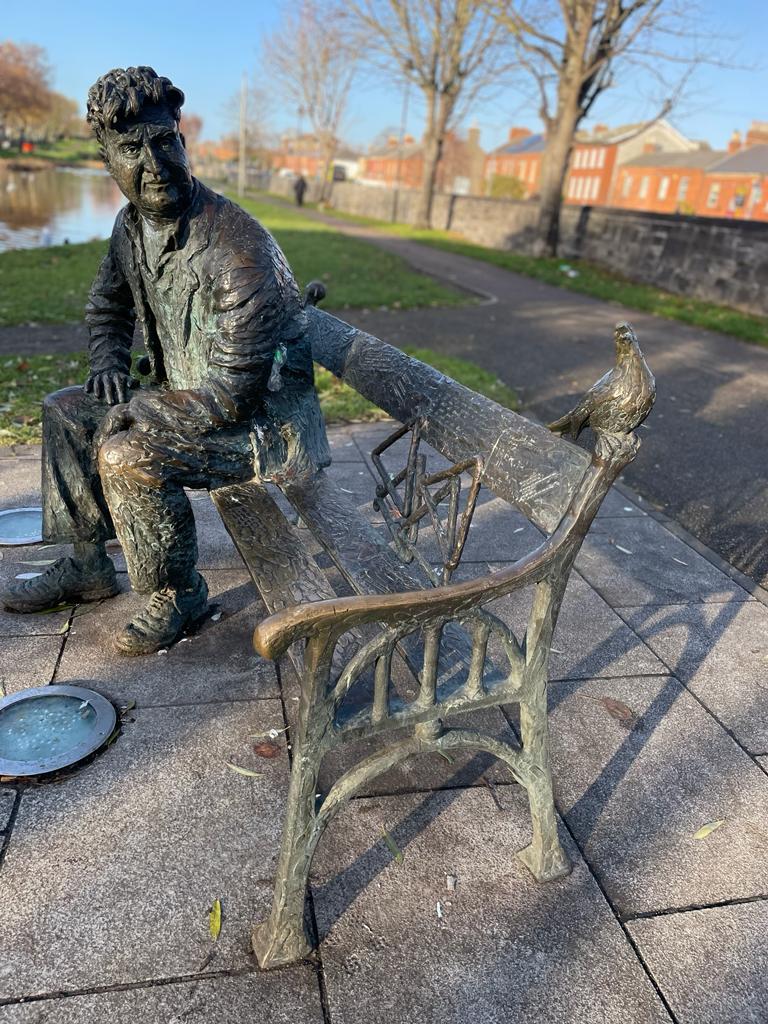The Royal Canal is the second of the canals that reach the Shannon River from Dublin, and was opened in 1817 some thirteen years after the Grand Canal. Work began in 1790 and the total cost of construction was £1,421,954.
It is 90 miles long and there are 46 locks to navigate. On its way from Dublin it passes through Maynooth, Enfield, Mullingar and Ballymahon. At the Dublin end it passes by Croke Park, where the terrace close to it is called the ‘Canal End’ before it reaches Spencer Dock then the Liffey, and the Dublin Bay beyond.

The canal was constructed for the dual purpose of freight movement and passenger transport to-and-from the centre of the country. It was very popular and profitable for many years before being slowly undermined by the introduction of the railway, and later by road haulage. And by the 1970s it had fallen into disuse and plans were considered to fill in sections of it and construct a road. These, thankfully, were challenged, and work by the Royal Canal Amenity Group and Waterways Ireland saw the canal fully reopened in 2010.
Broome Bridge, near Castleknock, has a special place in Irish and scientific history. For it was here, on the 16th October 1843, that mathematician William Rowan Hamilton, who lived in Dunsink Observatory, in a moment of inspiration, realised the solution for quaternions, a problem he had been working on for some time. Excited by what he had discovered, he scratched the solution on the bridge with his penknife. This moment is celebrated annually at the bridge on the 16th October, now known as Broome’s Day.
The canal has featured in a famous song from the play The Quare Fellow by Brendan Behan. It is set in Mountjoy Gaol where Behan had spent some time, and refers to the metal triangle that was beaten to waken inmates.
And the auld triangle went jingle-jangle
All along the banks of the Royal Canal
(Photo: Dennis Fisk)











